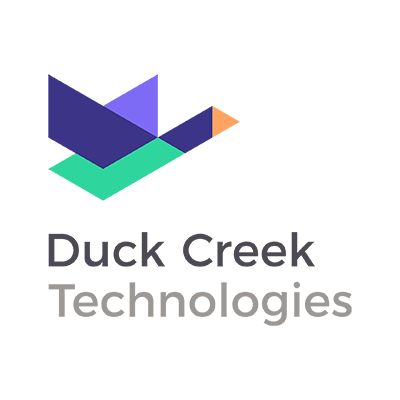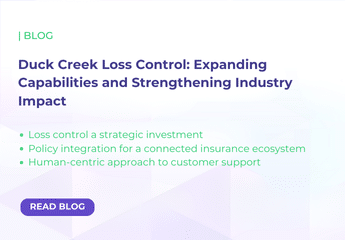Automated Clearing Houses make bank-to-bank transactions possible. Each country has its own ACHs, which are responsible for processing all bank transfers. In the UK, for instance, bank-to-bank transfers are processed through the BACS system. In the US, the responsibility of processing bank-to-bank transfers relies on two clearing houses: the EPN and the Federal Reserve Bank. In this article, we focus on the Electronic Payments Network and its role in electronic bank transfers in the US.
What Is the Electronic Payments Network (EPN)?
The Electronic Payments Network (EPN) is an automated clearing house that processes both credit and debit bank-to-bank transfers. It is a private institution owned by The Clearing House Payments Company LLC (PayCo), which is owned by some of the largest private banks. The list includes JP Morgan Chase, Wells Fargo, HSBC, Citibank and Capital One.
The EPN was also responsible for remarkable ACH upgrades, including making this system 100% electronic. This has served to optimize the efficiency of bank transfers, speeding up payments and enabling individuals and businesses to better control their cash flow. The EPN is particularly useful for batch transfers such as payroll and dividend deposits.
Electronic Payments Network Vs. Federal Reserve
In the United States, there are two Automated Clearing Houses (ACH) used to process bank payments: the Federal Reserve Bank (FedACH) and the EPN. The main difference between the two is that THE EPN only handles transactions from the private sector, whereas Reserve Banks handle government transactions. They collaborate with each other if transactions involve both the private and public sectors. For instance, if an individual is to receive a government loan, the transaction is processed by both the EPN and the FedACH. Together, they handle more than $50 trillion in Electronic Fund Transfers every year.
How Does It Work?
EPN is generally used for bulk credit or debit bank transfers. Credit transfers include employees’ salaries, benefits, and dividends, whilst debit transfers include loan repayments, utility bills, mortgage repayments, or insurance premiums. Let’s use the example of employees’ salaries to demonstrate how the payment would work. Firstly, employees provide their company with their bank details. The company then submits its employees’ details to its bank. The company’s bank is responsible for passing these details to the EPN in a batch. The EPN routes the electronic transfer to each employee’s bank, which credits the funds to their customers. Once the company’s bank debits the transfer for its account, the payment is settled. Have a look at our previous article if you want to read more about ACH payments, including processing times and transfer limits.
How Duck Creek Payments Can Help
Duck Creek Payments is a cloud-based middleware connecting large enterprises to the payments ecosystem, regardless of their existing IT infrastructure. Through a single connection to Duck Creek Payments, enterprises can collect or pay out using a variety of payment technologies and providers around the globe.
In a world where consumers’ payment preferences and technologies are ever-evolving, Duck Creek Payments works with insurers to future-proof their payment requirements. Regardless of the business area, market, or requirements, Duck Creek Payments will connect you to your choice of technology and provider.
Reach out to our team below should you want to discuss how Duck Creek Payments can help you. Our team is happy to show you what our platform can do for your business and offer you a free demo.




